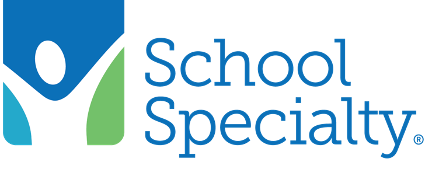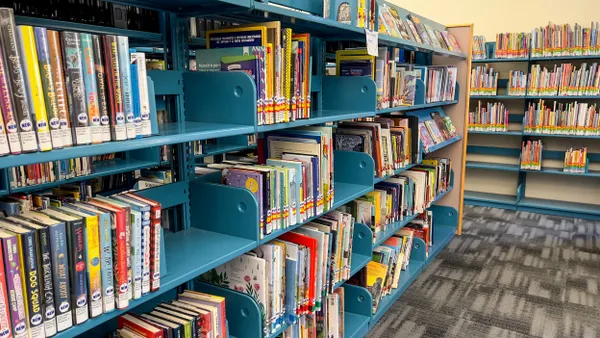Naomi Hupert is director of the Center for Children & Technology at Education Development Center. Andrés Henríquez is director of STEM education strategy at Education Development Center.
The latest Nation’s Report Card, released last month after a delay, confirms a troubling and persistent reality: Millions of students are entering middle and high school unable to understand what they read, setting them further back from grade-level academics. In fact, earlier results on the National Assessment of Educational Progress confirmed that this is the largest share in history of 8th graders who do not meet basic reading proficiency.
Despite decades of research findings that show how to improve reading instruction, policy inertia and systemic neglect have allowed this slide. And now our kids are at risk.
Let’s be clear: This is not a recent or post-pandemic phenomenon.

Literacy challenges among older students were documented as early as the 1960s by Jeanne Chall, a leading researcher on the subject. They were reinforced in subsequent years in seminal works by Catherine Snow and Gina Biancarosa, as well as our colleagues at EDC, who laid out evidence- and practice-based strategies to improve adolescent literacy. Yet implementation has been scattershot.
Resources have been scarce, yes. But perhaps most damaging, we’ve internalized the belief that it’s too late to make a difference once students hit age 10.
That belief is totally false.
Adolescents who struggle with reading do not lack intelligence or potential. What they lack is structured support. Too often, middle and high school teachers are trained as content specialists, not literacy instructors. They’re told it’s not their job to teach reading, and they feel unequipped for the role.
Moreover, when funding is reduced or cut, the first to go are reading coaches who provide essential support to teachers and students who need individualized help.
Beginning in 2010, the federal government invested over $1 billion in adolescent literacy through the Striving Readers Comprehensive Literacy Grant program. The work focused on evidence-based practices and comprehensive literacy instruction in 435 districts across 11 states with grants that ranged in size from $44,000 to over $350,000 per school.

The results of this program were uneven, but instructive: Many of the resources did not reach the students who needed them most. Others didn’t use or purchase high-quality, evidence-based, and readily available curricula.
At the high school level — when preparation for college or workforce demands requires even more complex technical information than for previous generations — teachers didn’t implement recommended practices.
The lessons provide a clear path forward. We need a systemic shift that acknowledges the complex literacy demands of middle and high school curricula and recognizes that improved implementation and increased time investment are required to change reading outcomes for the waves of students our education system turns out every year.
Make no mistake: Parents also play a crucial role here. They should receive transparency about how their child is being supported. What interventions are in place? Who is delivering them? How is progress being measured?
But they also have power at home.
Parents can help teens understand their reading difficulties. When they fall behind grade-level expectations, young people feel abandoned by the school system and blame themselves. This can lead to withdrawal and disengagement. There must be a shift from blaming to problem-solving.
Parents can disrupt the spiral by talking to their teens and advocating for access to high-quality and targeted instruction. They can also support their teens’ reading by encouraging comfort-level reading in topics where they have interest: comics, manga, music, movies, art, making and designing things — these are great entry points for reading and can build on the background knowledge that teens have already accumulated, enhancing their text comprehension and increasing chances for engagement and enjoyment.
Educators, in turn, must also recognize their immense value here. And there are several well-known strategies, like using high-interest, age-appropriate material, connecting reading to writing, and providing small group tutoring. Tutoring is widely recognized as one of the most effective approaches, but only when done right: during the school day, provided by a skilled educator, multiple times per week, for at least 90 minutes and with a teacher-student ratio of no more than 1-to-4.
We can no longer afford to pretend that adolescent literacy is someone else’s problem to be addressed another day. It is the problem at the heart of educational success and future opportunity in America.
Every year we delay is a year of lost potential and undermined futures. But with the right policies — including recommendations from NWEA — and public will, we can rewrite that story.
It starts with recognizing that middle and high schoolers are not beyond help. They’re just waiting for us to catch up.


















